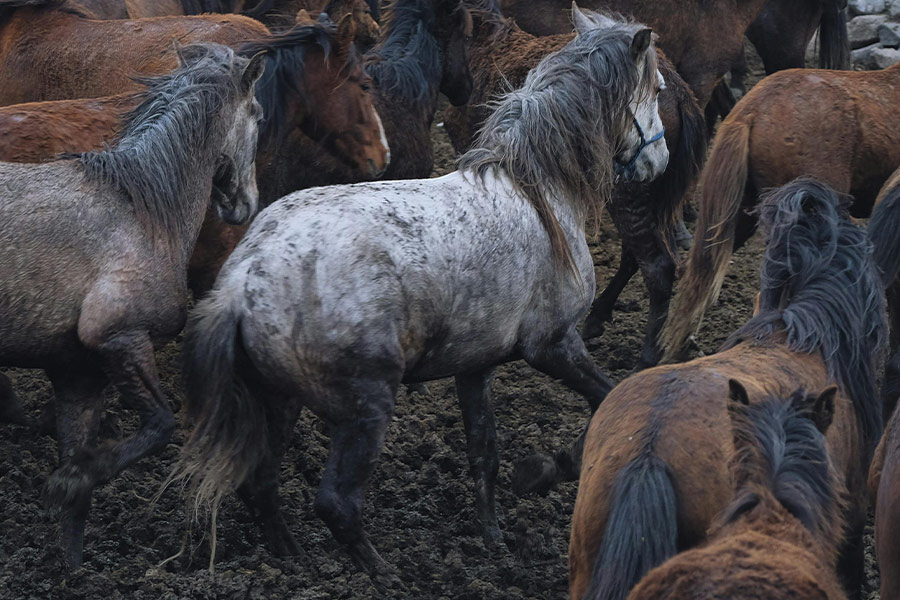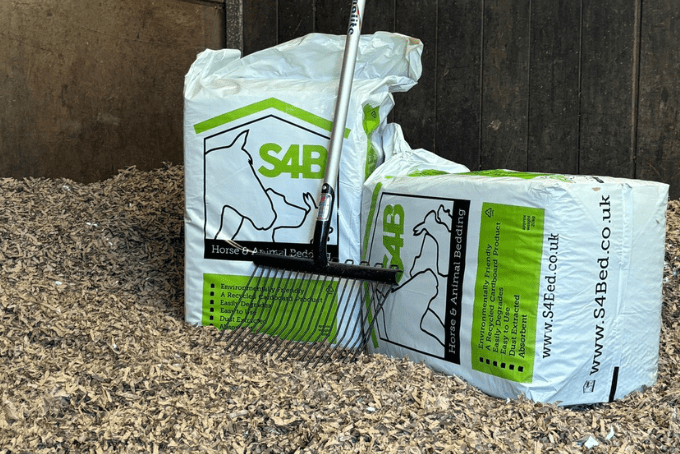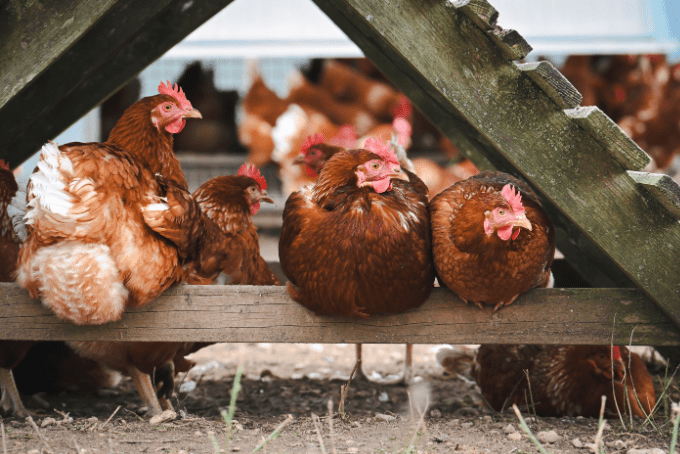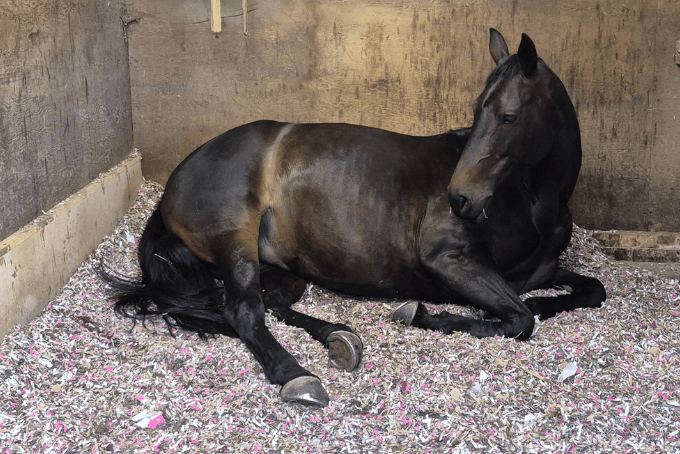
Preventing Mud Fever in Horses
Mud fever is a common yet frustrating condition for horse owners, especially during wet and muddy seasons. It’s a non-contagious skin infection (meaning it won’t transfer to you or other horses) that typically affects horses’ lower legs and is caused by prolonged exposure to damp, muddy environments. Prevention is always better than cure and knowing how to prevent mud fever in horses is crucial to ensuring your horse’s comfort.
As we enter into one of the wettest months of the year, we thought it would be best to highlight what to look out for, how to prevent mud fever in horses and what to do if your horse shows signs of mud fever. If you’re living in particularly wet conditions, check out our best bedding for wet horses blog to learn more tips and tricks on how to keep your horse dry to prevent mud fever and other conditions.
What is Mud Fever and Why Does it Occur?
Mud fever—also known as pastern dermatitis—is a condition caused by bacteria which thrive in wet, warm environments. When the skin is exposed to moisture for long periods or becomes damaged bacteria can invade, leading to redness, scabs, swelling and discomfort for your horse.
The condition is most common during winter when turnout areas and paddocks are muddy, and horses are more exposed to damp conditions. Though appears to have become more common during warmer wet months when we tend to let our guard down on checking over our horses for signs of such infections. Prevention relies heavily on keeping the environment clean and dry and maintaining your horse’s skin integrity.
How Cardboard Bedding Can Help Prevent Mud Fever in Horses
Changing your horse’s bedding may not be the first thing that comes to mind when thinking about mud fever prevention, but cardboard bedding offers several benefits that can create an ideal stable environment and reduce the risk of skin infections.
Here’s why it’s worth considering:
Absorbs Moisture Well
S4Bed’s cardboard bedding is highly absorbent, meaning it can quickly soak up urine and moisture, keeping the stable environment dry. A dry stall is essential for horses prone to mud fever, as excess moisture in bedding can irritate the skin and promote bacteria growth.
It can also assist with the drying of horse’s legs after returning to their stall. Keeping them dry as the horse rests and preventing the skin from staying damp for extended periods of time.
Soft and Non-Irritant
Unlike straw or wood shavings, cardboard bedding is soft and non-abrasive. This is ideal for preventing mud fever which is brought about due to irritated or damaged skin. Reducing entry points for bacteria.
Hygienic and Easy to Clean
Cardboard bedding is easy to clean and replace, ensuring that your horse’s stable remains hygienic. A clean environment helps prevent bacterial build-up, which is key to reducing the risk of mud fever and other infections.
Other Important Prevention Methods
While cardboard bedding can play a significant role in reducing the risk of mud fever in horses, it’s most effective when used alongside other preventive measures. Here’s what else you can do to protect your horse:
- Limit Exposure to Mud
- Rotate turnout areas to prevent paddocks from becoming overly muddy.
- Use breathable turnout boots to protect the legs from mud.
- Clean and Dry the Legs Thoroughly
- After your horse has been out in wet or muddy conditions, gently rinse their legs with warm water to remove mud.
- Dry the legs thoroughly with a clean towel, paying close attention to the heels and pasterns where moisture tends to linger.
- Maintain Regular Grooming and Inspections
- Check your horse’s legs daily for any signs of mud fever, such as scabs, redness or swelling.
- Remove mud and dirt from the legs using soft brushes to avoid irritating the skin.
- Strengthen Skin Health
- Feed supplements rich in omega-3 and omega-6 fatty acids or vitamins that support skin health, such as biotin or zinc.
- Use barrier creams or antibacterial ointments on the legs before turnout to protect against moisture and bacteria.
For more information on mud fever and preventative measures, take a look at this great blog from the British Horse Society.
What to Do If Your Horse Shows Signs of Mud Fever
Despite your best efforts, mud fever can still occur. If you notice signs of the condition, it’s important to act quickly to prevent it from worsening.
Get in touch with your Vet
- If you suspect that your horse has mud fever, make sure to call in your vet for a proper diagnosis, medication and treatment plan.
Conclusion
Mud fever is a preventable condition, and using S4Bed’s cardboard bedding as part of your stable management routine can play an important role in keeping your horse’s environment dry, clean and comfortable. Its absorbent, non-irritant properties make it an excellent choice for horses prone to skin issues. However, prevention doesn’t stop there. Combining cardboard bedding with other measures—such as limiting mud exposure, drying legs thoroughly and maintaining good grooming habits—can significantly reduce the risk of mud fever. If your horse does develop mud fever, early detection and treatment are key.




